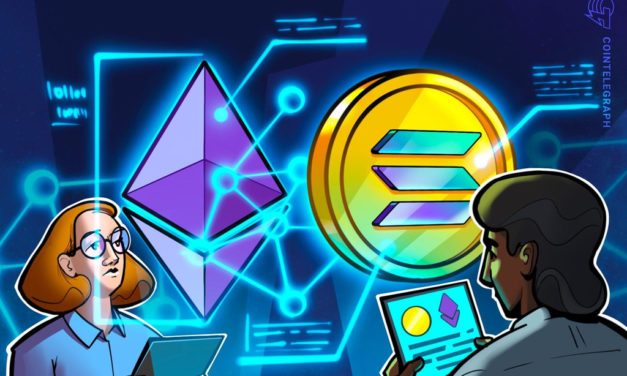Solana and Ethereum smart contract audits, explained
As you might expect, this depends on how complex a smart contract is. According to Hacken, this can extend to $500,000 for larger projects where there are more lines of code — not least because of the additional engineering hours it’ll take. The company argues these costs pale into comparison with the economic damage that a smart contract vulnerability can bring. Hacken cites data showing that, in 2021, 80% of the incidents affecting decentralized applications related to smart contracts — with losses hitting $6.9 billion. Breaking this down even further, and we can see that the average cost per project stands at $47 million. Somehow, $500,000 looks a lot less expensive now. Overall, 60% of its clients have been based on Ethereum so far in 2022. And here’s the difference it can make — after an audit, at least one critical bug was uncovered in 80% of projects. But Hacken says just 75% have fully acted on an audit report in the past — with the remainder ignoring the conclusions, or only taking a small number of recommendations into account. As a result, they had a lower security score.
Čítaj viac






